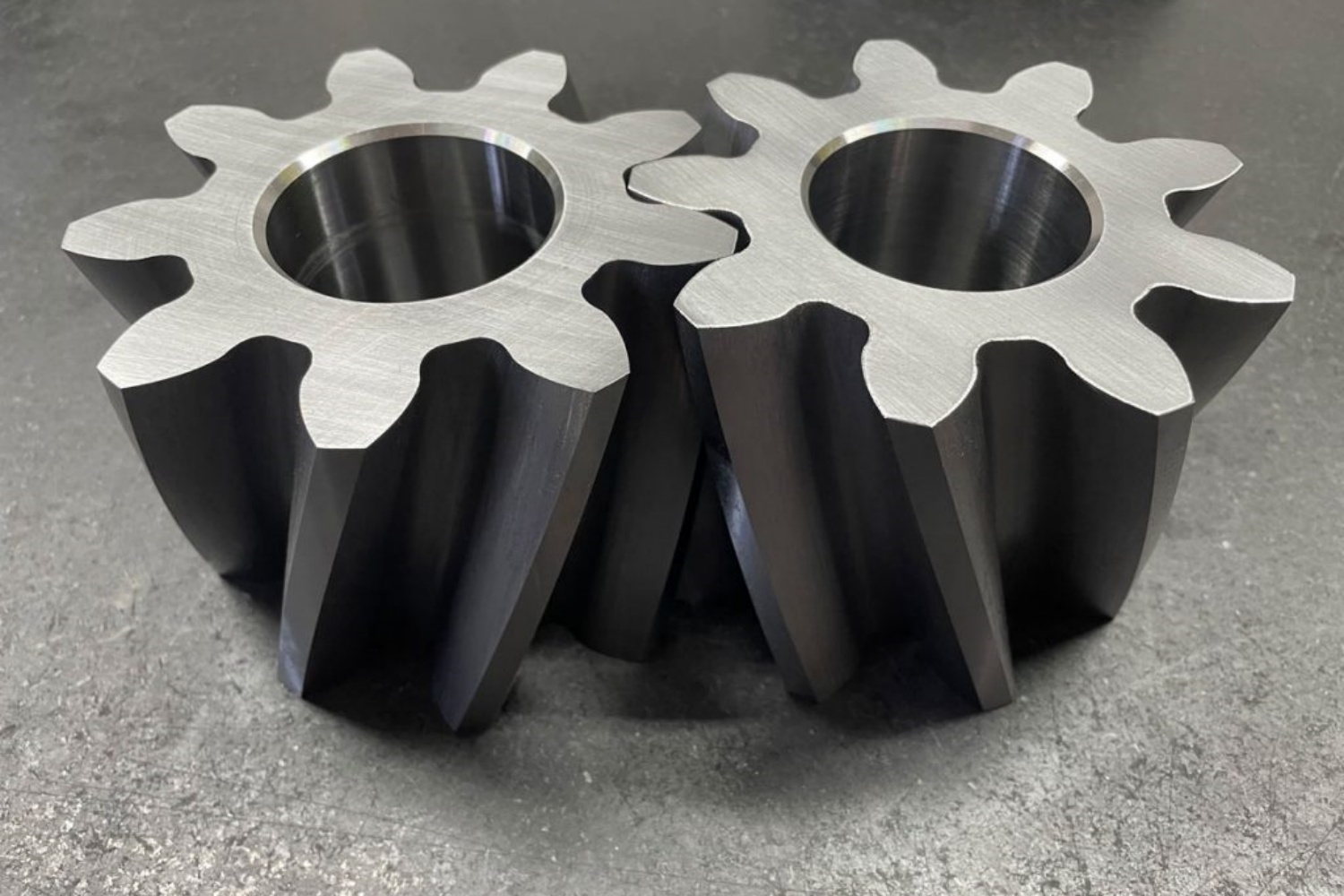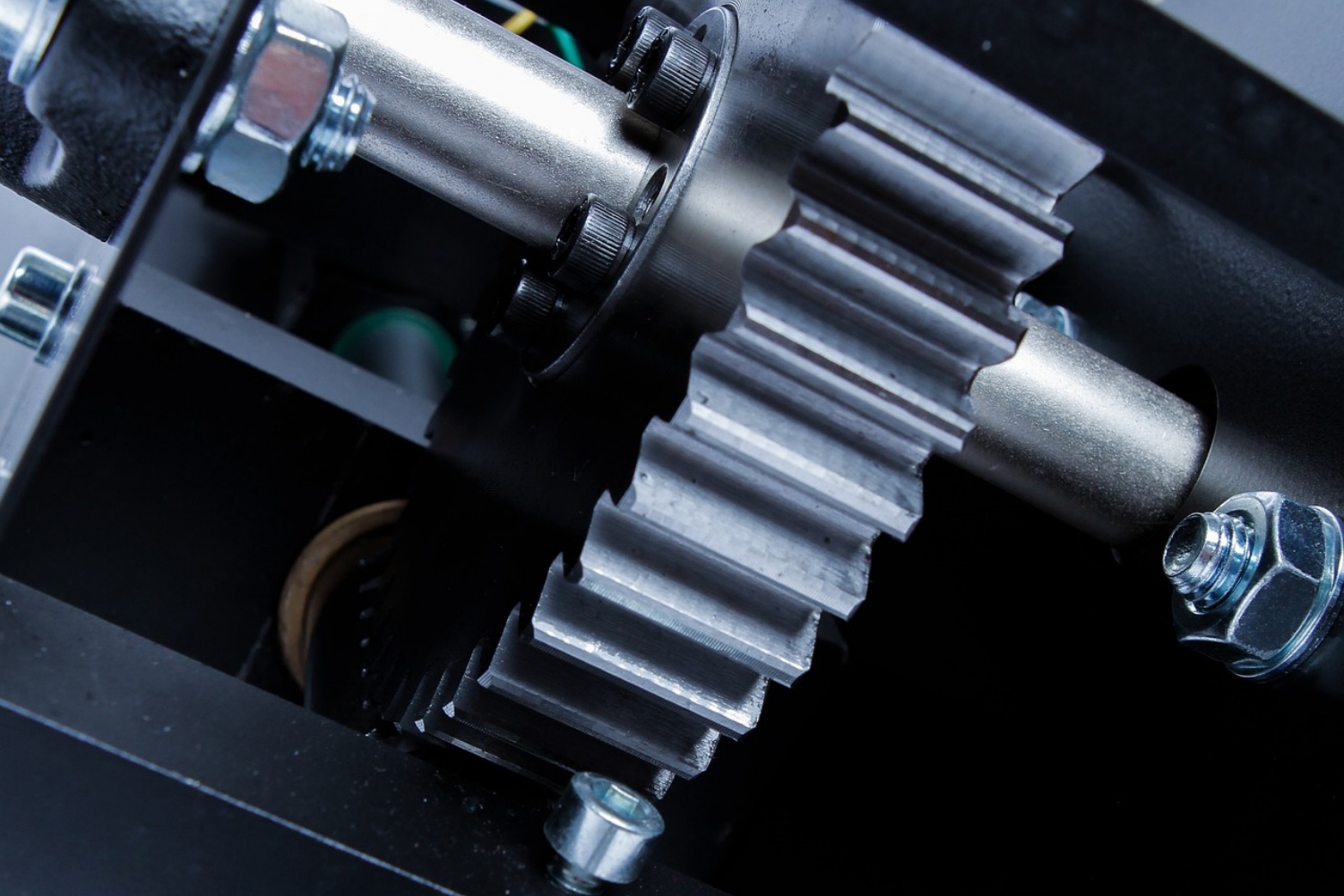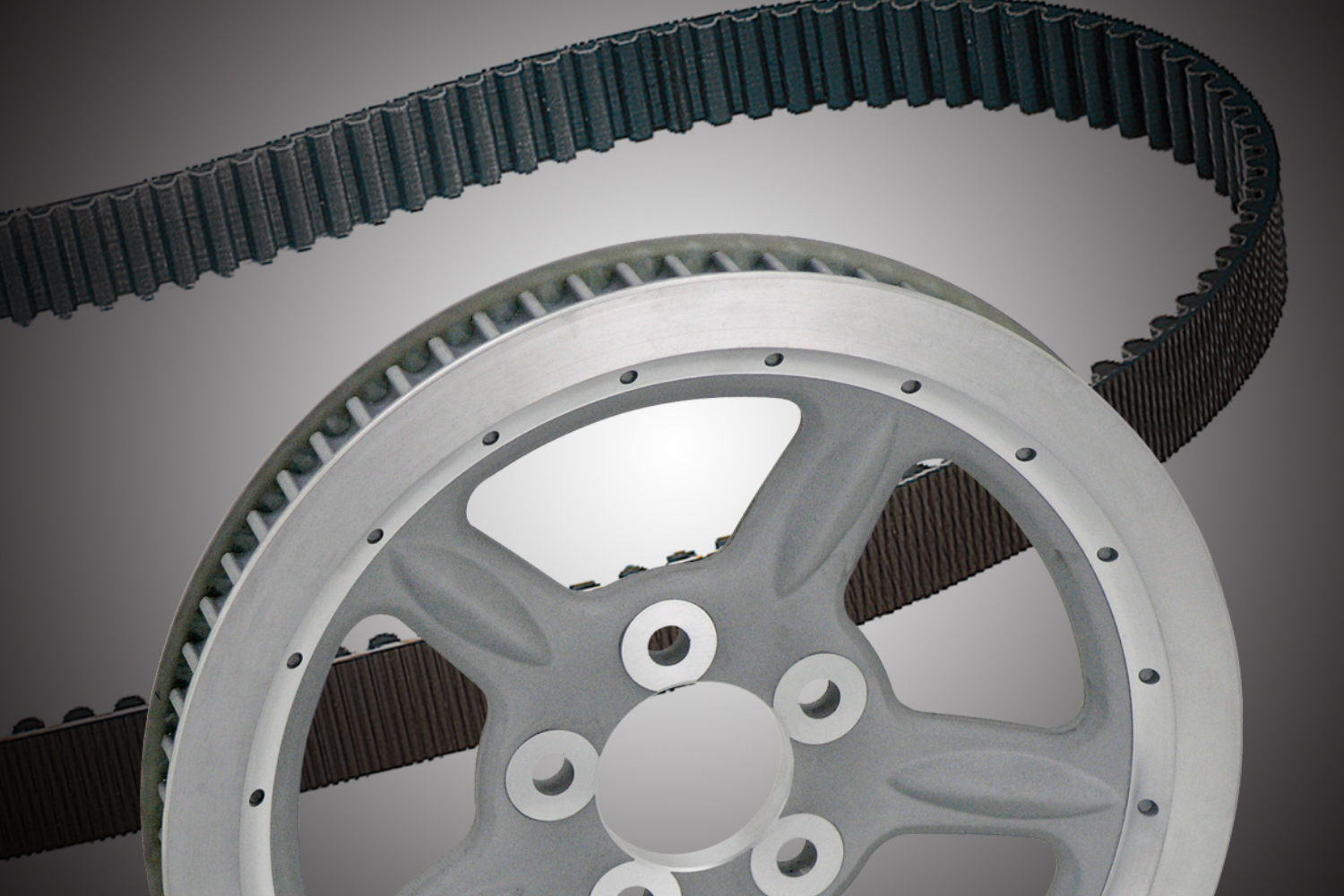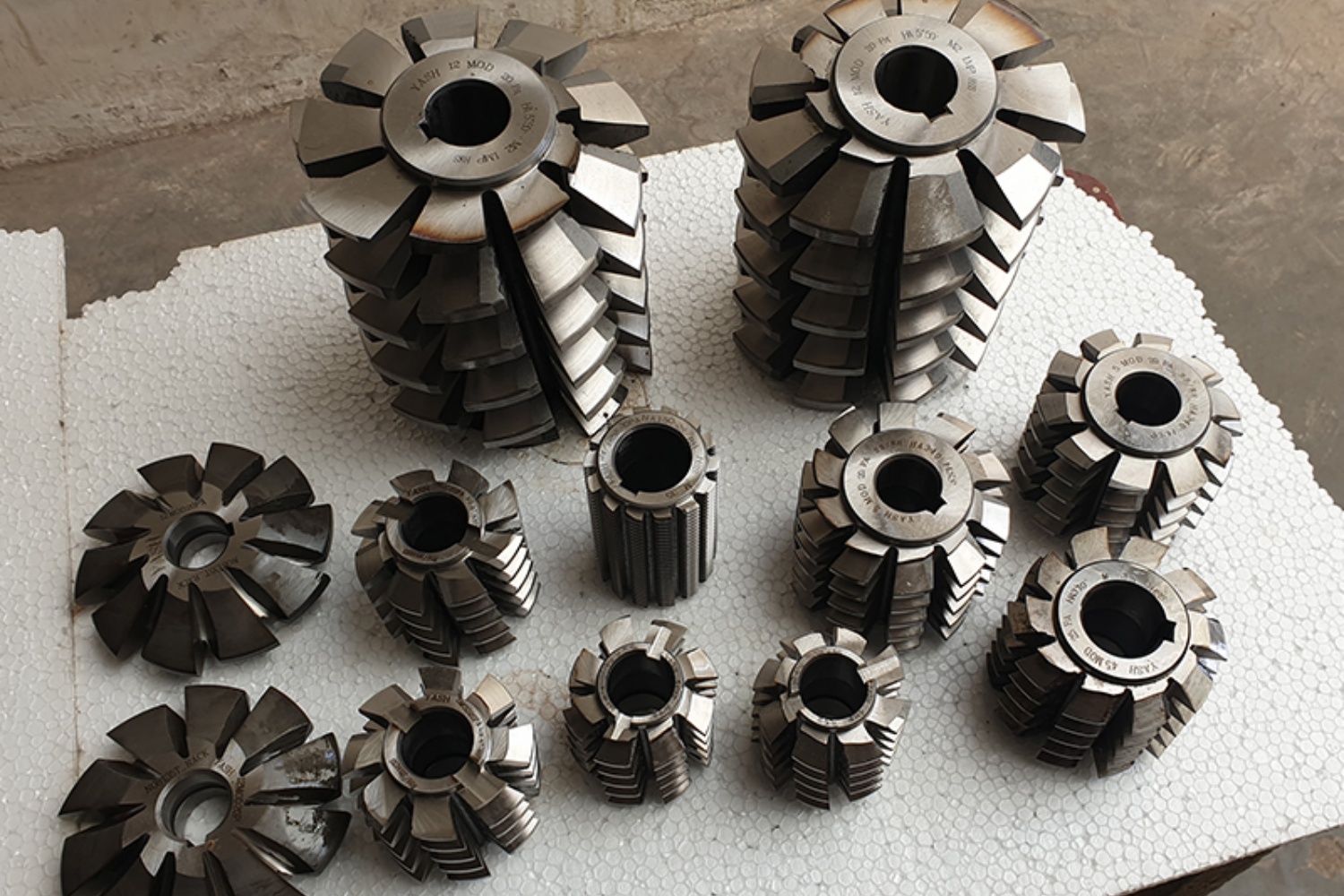Spline gears are essential components in mechanical engineering, widely used for their ability to transmit torque and provide precise alignment in various applications. This article delves into the design principles, manufacturing processes, and diverse applications of spline gears, highlighting their importance in different industries.
Design of Spline Gears
The design of spline gears involves several critical considerations to ensure optimal performance. Spline gears consist of teeth or grooves cut into a shaft and a corresponding hub, allowing for smooth torque transmission and rotational alignment. The key design parameters include:
- Number of Teeth (or Splines): The number of splines on a gear affects the torque capacity and the smoothness of the power transmission. More splines generally provide better torque distribution but may be more challenging to manufacture.
- Pressure Angle: This is the angle at which the gear teeth engage. Common pressure angles are 20° and 25°, with the choice depending on the application’s load and alignment requirements.
- Module or Diametral Pitch: This refers to the size of the gear teeth and determines the gear’s overall size. The module is used in metric systems, while the diametral pitch is used in imperial systems.
- Pitch Diameter: The diameter at which the teeth are designed to mesh perfectly. It is crucial for ensuring proper engagement and smooth operation.
- Face Width: The width of the gear teeth, which influences the gear’s strength and load-carrying capacity.
- Material Selection: The choice of material affects the gear’s durability, wear resistance, and overall performance. Common materials include steel, aluminum, and various alloys.

Manufacturing of Spline Gears
The manufacturing process for spline gears is a precise and meticulous operation, involving several steps to ensure high quality and performance. Key manufacturing processes include:
- Hobbing: This is a common method for cutting spline gears. A hobbing machine uses a rotating cutting tool (hob) to gradually cut the gear teeth into the blank. Hobbing is efficient for producing high-precision gears with consistent tooth profiles.
- Broaching: In this process, a broach (a tool with progressively larger teeth) is pulled or pushed through the gear blank to cut the splines. Broaching is suitable for creating internal splines and is known for its accuracy and efficiency.
- Shaping: Gear shaping involves a cutting tool that moves back and forth to cut the gear teeth. This method is used for both internal and external splines and is ideal for gears with complex shapes.
- Grinding: After the initial cutting, grinding may be used to finish the gear teeth, ensuring a smooth surface and precise dimensions. Grinding is essential for high-performance applications where accuracy and smooth operation are critical.
- Heat Treatment: To enhance the strength and wear resistance of spline gears, heat treatment processes such as carburizing, nitriding, or induction hardening are often applied. These treatments alter the gear’s surface properties, making it more durable.
- Quality Control: Throughout the manufacturing process, rigorous quality control measures are implemented. These include dimensional inspections, surface finish evaluations, and hardness testing to ensure the gears meet the required specifications.
Applications of Spline Gears
Spline gears are used in a wide range of applications across various industries due to their ability to provide precise torque transfer and alignment. Some notable applications include:
- Automotive Industry: Spline gears are commonly found in transmission systems, where they ensure smooth power transfer between the engine and the wheels. They are also used in steering systems, drive shafts, and differentials.
- Aerospace Industry: In aerospace applications, spline gears are used in flight control systems, landing gear mechanisms, and engine components. Their ability to handle high loads and provide accurate alignment is crucial for aircraft performance and safety.
- Industrial Machinery: Spline gears are integral to various types of industrial machinery, including CNC machines, printing presses, and packaging equipment. They ensure precise movement and synchronization of machine components.
- Power Generation: In power plants, spline gears are used in turbines and generators to transmit rotational energy efficiently. Their reliability and durability are essential for continuous power generation.
- Robotics: In robotic systems, spline gears provide accurate positioning and movement control. They are used in robotic arms, actuators, and joints to ensure precise and smooth operation.
- Marine Industry: Spline gears are employed in marine propulsion systems, including ship engines and steering mechanisms. Their ability to withstand harsh environmental conditions makes them suitable for marine applications.
Advantages of Spline Gears
Spline gears offer several advantages that make them a preferred choice in many applications:
- High Torque Transmission: Spline gears can transmit high torque loads efficiently, making them suitable for heavy-duty applications.
- Precise Alignment: The teeth or splines provide accurate alignment, ensuring smooth and synchronized operation.
- Versatility: Spline gears can be designed and manufactured to meet specific requirements, making them adaptable to various applications.
- Durability: With proper material selection and heat treatment, spline gears exhibit excellent wear resistance and longevity.
- Ease of Assembly: Spline gears are easy to assemble and disassemble, allowing for convenient maintenance and replacement.
Spline gears are vital components in modern engineering, offering precise torque transmission and alignment in a variety of applications. Their design and manufacturing require careful consideration of multiple factors to ensure optimal performance. From automotive and aerospace industries to industrial machinery and robotics, spline gears play a crucial role in enhancing the efficiency and reliability of mechanical systems. Understanding their design, manufacturing processes, and applications is essential for engineers and manufacturers striving to create high-quality and high-performance gear systems.
CONTINUE READING
Related Posts
In the world of industrial manufacturing, the efficiency and reliability of transmission systems are critical to the success of any […]
In industrial settings, a smooth and quiet power transmission system is crucial for productivity, safety, and worker comfort. V Belt […]
Splines play a critical role in mechanical power transmission systems, enabling rotational motion and torque transfer between mating components. These […]





